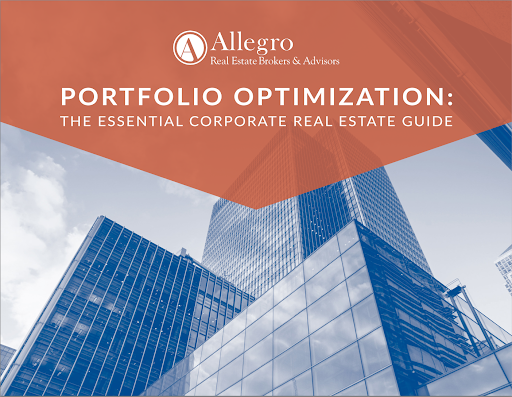When selecting a commercial real estate company for your next transaction, project, or ongoing relationship, something you may want to consider is how you’d prefer to compensate them. Though there are many hybrids of these options, most compensation models will look like the four detailed below.
Traditional Commission Model
Operating under the traditional commission model, the brokerage firm is paid a percentage of the transaction value once it is closed. On a purchase/sale transaction, the firm is paid out of closing proceeds. On a lease transaction, the firm is paid a percentage of the total consideration of the lease (all of the lease payments) and is paid at lease execution and/or rent commencement.
When a brokerage is representing the property owner, this model aligns interests between the listing agent and owner. However, when the brokerage represents a buyer, the more the buyer pays for the property, the more their representative is paid. This is a direct conflict of interest. When a brokerage represents a tenant, the conflicts become even more complex. The tenant rep’s fee may increase when the rent is higher, the space is larger, the lease term is longer, there are no early termination rights, etc.
The commission model is most beneficial for a listing agent and is not recommended for those hiring a buyer or tenant representative, unless there is no budget to pay the representative in another way.
Hourly Fees
With an hourly fee compensation model, the brokerage is paid on an hourly basis, much like an accounting or law firm. The benefit to you is that you are only paying your real estate experts based on the value of the time that is required to complete a project. The drawback is that you may become sensitive to how much time the broker is spending on the project.
Even when paid hourly, the broker may be able to collect part of the transaction commission. When appropriate, all or part of the commission could be reimbursed to you, which may result in additional funds for rent, tenant improvements, moving costs, new furniture, etc.
Fixed Fees and/or Recurring Payment Retainer
On single projects, fixed fees make sense when the job is fairly standard and does not involve third parties and an unknown time commitment for dealing with them. With longer term relationships, paying your brokerage a recurring retainer or monthly fee provides you with an opportunity to accurately budget this expenditure.
Much like the hourly fee model, in this arrangement if the broker collects a commission, all or part of the commission could be reimbursed to you if appropriate.
Hybrid Structures
Sometimes, it makes sense to combine a variety of aspects from different fee structures. For example, you may want to pay discounted hourly fees to a cap — allowing you to manage outgoing cash flow — then pay a a predetermined success fee when the commission is received.
When discussing compensation with your commercial real estate provider, It’s best to weigh the risks and rewards associated with each payment structure to determine which is the best fit for your project, or ongoing commercial real estate needs.







